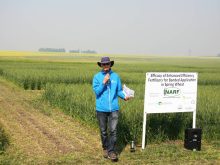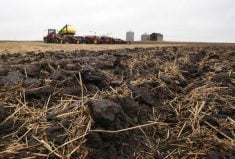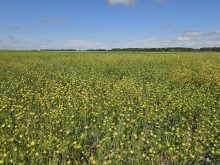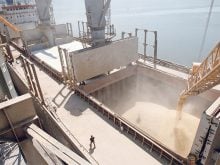Saskatchewan crop insurance has improved its unseeded acreage benefit for 2011 after last year’s record-setting year.
More than 12,300 claims for land that couldn’t be seeded because of excess moisture were registered with Saskatchewan Crop Insurance Corp. and officials are expecting wet fields to be a concern again this spring.
The 2011 program will see the benefit rise from $50 to $70 per acre, subject to a five percent deductible for each land description that has wet acres.
“After last year’s record rainfall we are pleased to see an increased unseeded acreage benefit,” said Saskatchewan Association of Rural Municipalities president David Marit in a news release.
Read Also
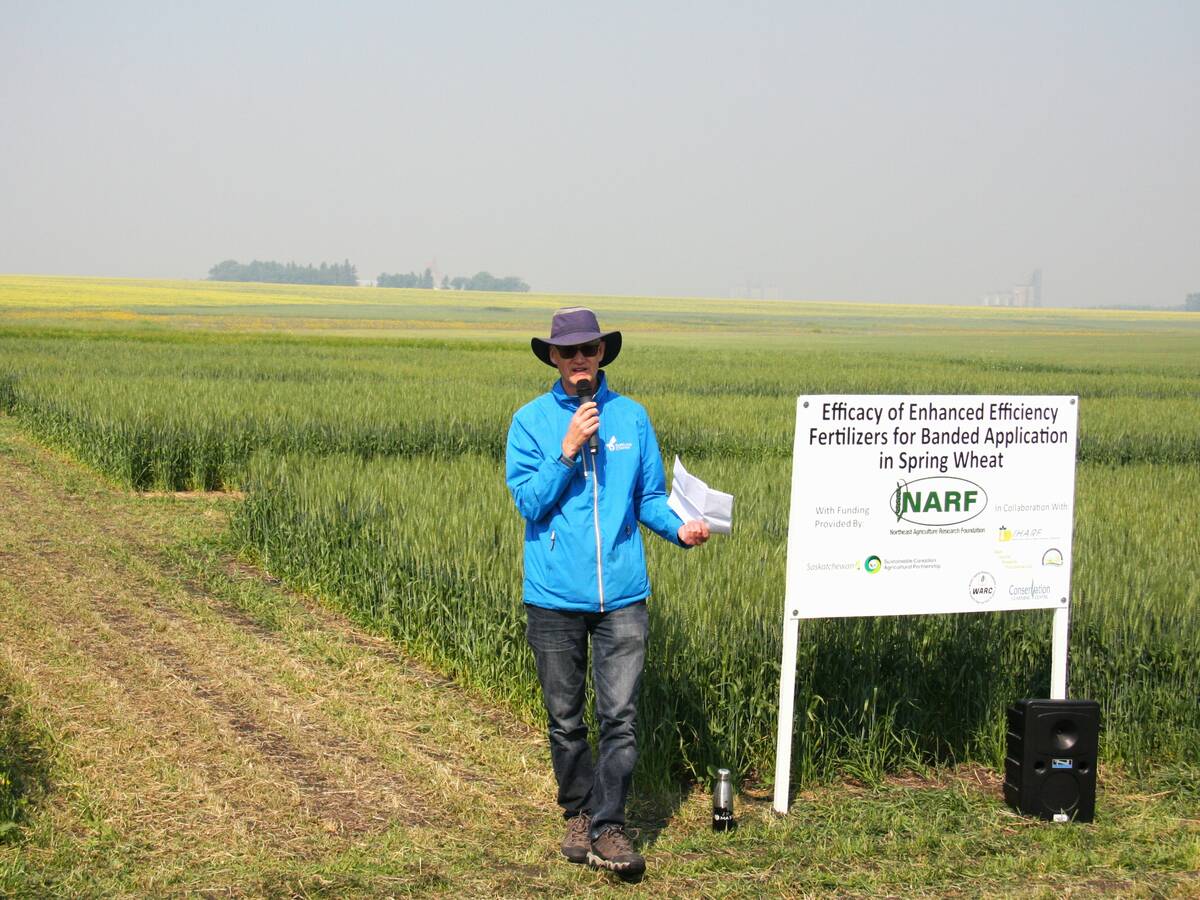
Fertilizer method’s link to emissions studied
A researcher says others studying greenhouse gas emissions aren’t considering how the loss of nitrogen into the atmosphere correlates with fertilizer application or if there is an impact to yield.
The seeding intensity calculation that also affects payouts under this benefit has been changed to improve coverage, said SCIC general manager Cam Swan.
“What we’ve done is we’ve said all the acres you couldn’t seed because it was too wet, we call them seeded for the purposes of calculating seeding intensity,” he said.
Last year was the most severe case of excess moisture the corporation has dealt with in its 50 year history.
It is still in the black, despite payouts of nearly $700 million, with about $480 million in the bank.
“This may sound like a lot of money but depending on how many acres get planted and insured this year, we could be insuring as much as $4 billion in liability,” Swan said.
“So in relative terms it’s important to have some money in the bank.”
Last year about 21.5 million acres were insured, down from 25 million in 2009.
That is mostly due to fewer acres being planted, he added.
Saskatchewan agriculture minister Bob Bjornerud said the improvements made to crop insurance will result in a record contribution from provincial coffers.
The government has allocated $161 million for its share of premiums. That compares to $127 million last year and $155 million the year before.
efore, they had to use area averages without premium discounts. This benefit will be phased in over three years;
• producers on joint contracts can start their own contracts without adjustments to their premium discounts or yields. Existing yields and discounts can be transferred as long as the joint contract was held for at least three years;
• an enhanced forage insurance program;
• a variable price option will set insured prices in September rather
total indan Crop Insurance Corp. | WP GRAPHIC
than July to better reflect market prices;
• establishment benefit values for large green lentils rise to $45 per acre from $40, and canola rises from to $50 per acre from $45;
• more crops have been added to the crop averaging program, allowing producers to insure up to 90 percent;
• the price for field peas has been increased to reflect the increase in the volume marketed for human consumption.
Producers have until March 3
———
Unseeded acreageEstablishment benefitPre-harvest/post-harvestWildlifeExcess moisture program12,3144,91514,8372,29821,33912,3104,89113,1101,73821,320$221,355,000$13,908,000$200,038,110$7,478,155
$252,297,000





